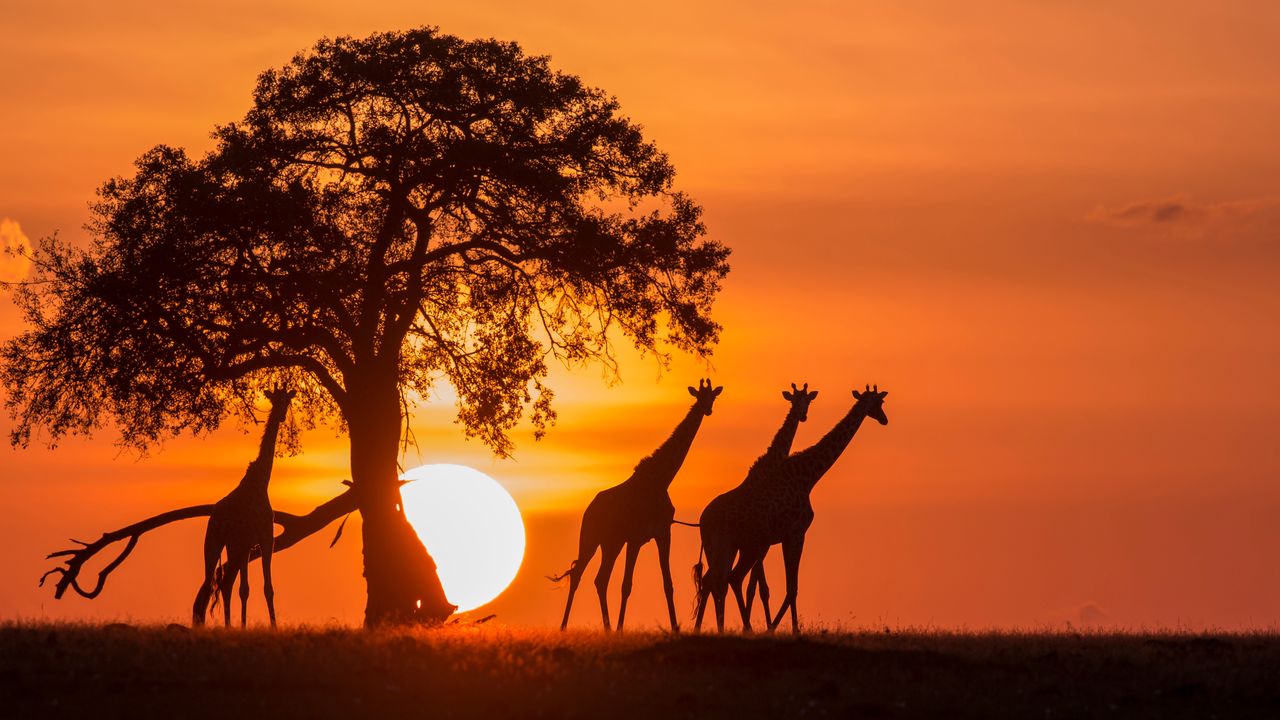Serengeti National Park: A Haven for Wildlife Enthusiasts
The Serengeti National Park, located in Tanzania, is one of the most renowned wildlife reserves in the world. It spans an area of approximately 14,750 square kilometers and is home to a diverse range of flora and fauna. The park is particularly famous for its Serengeti safari experience, the annual wildebeest migration, and ongoing research efforts.
Serengeti Safari
A Serengeti safari offers visitors a chance to witness the incredible biodiversity of the park up close. The park is teeming with wildlife, including lions, elephants, cheetahs, giraffes, zebras, and numerous species of birds. Guided tours and game drives allow visitors to explore the vast plains, woodlands, and rivers, providing ample opportunities for wildlife sightings and photography.
Serengeti Migration
The Serengeti migration is a natural phenomenon that occurs annually, attracting wildlife enthusiasts from around the globe. It involves the movement of over two million wildebeest, along with hundreds of thousands of zebras and gazelles, in search of fresh grazing lands. This epic journey spans thousands of kilometers and is driven by the availability of food and water. Witnessing this mass movement of animals is a once-in-a-lifetime experience that showcases the raw power and resilience of nature.
Serengeti Research
The Serengeti National Park is not only a tourist destination but also a hub for scientific research. Researchers from various fields, including ecology, biology, and conservation, conduct studies to better understand the park’s ecosystems and contribute to its preservation. Ongoing research efforts focus on topics such as animal behavior, predator-prey dynamics, vegetation patterns, and the impact of human activities on the park’s biodiversity. The findings from these studies help inform conservation strategies and ensure the long-term sustainability of the Serengeti ecosystem.
Conservation Challenges
Despite its protected status, the Serengeti National Park faces several conservation challenges. Human activities, such as poaching, illegal hunting, and habitat destruction, pose significant threats to the park’s wildlife populations. Climate change and its associated effects, such as droughts and changing rainfall patterns, also impact the availability of resources for both wildlife and local communities. Efforts are being made to address these challenges through increased law enforcement, community engagement, and sustainable tourism practices.
Preserving the Serengeti
Preserving the Serengeti National Park requires a collective effort from various stakeholders, including the Tanzanian government, local communities, conservation organizations, and tourists. Sustainable tourism practices, such as responsible wildlife viewing and minimizing environmental impact, play a crucial role in ensuring the park’s long-term viability. Additionally, community-based conservation initiatives that provide economic incentives for local communities to protect the park’s resources are being implemented.
Conclusion
The Serengeti National Park is a treasure trove of biodiversity and a testament to the wonders of the natural world. Its Serengeti safari experience, the annual wildebeest migration, and ongoing research efforts make it a must-visit destination for wildlife enthusiasts and researchers alike. By promoting sustainable tourism and addressing conservation challenges, we can help preserve this extraordinary ecosystem for generations to come.
